Early puberty of value when multiple successful generations are desired to obtain a selected feature
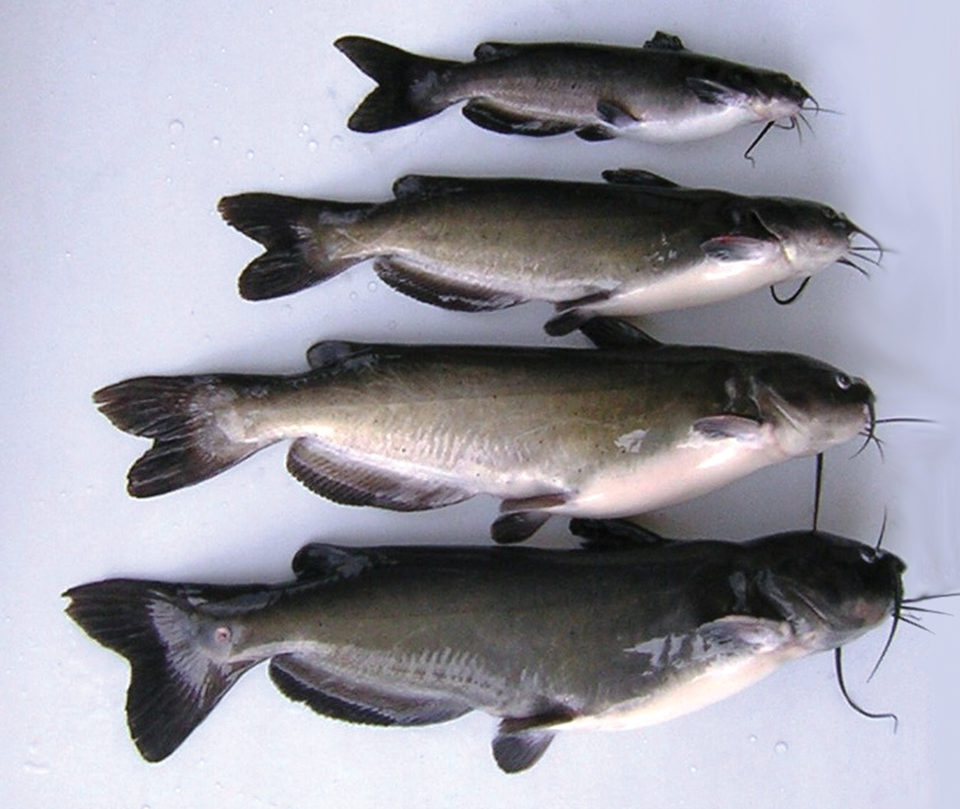
Channel catfish populations generally do not reproduce in large numbers until they are 3 years old. This long generation time makes genetic selection for desirable aquaculture traits very slow. Any reduction in the time required to reach maturity would benefit the selection process for any trait, especially if the trait could be identified early.
The environmental cues responsible for attaining maturation in channel catfish are not well understood. Size, nutritional state, age and number of seasonal cycles have all been suggested as maturation regulators. Certainly size and age play roles, but the largest fish in a population are not always the first to become mature.
Annual reproductive cycle
The annual reproductive cycle of channel catfish is fairly well understood. Early experiments by Cheryl Goudie, the author and Bill Simco at Memphis State University in Tennessee, USA, demonstrated that channel catfish could detect the length of the photoperiod by reception with the eyes or the pineal gland, a small gland on the dorsal part of the catfish brain. The researchers also demonstrated that 2-year-old fish have only moderate gonadal development during the spawning season.
The gonadosomatic index (GSI), the percentage of body weight made up by the gonad, was about 5.5 percent in 2-year-old fish compared to 12 percent in 3-year-old fish. Plasma estradiol, the primary female sex hormone in 2-year-old catfish, was about 20 percent of the concentrations found in 3-year-olds. The Memphis experiments also demonstrated that photoperiod played little, if any, role in timing gonadal maturation or reproduction.
Temperature cycling was shown by Drs. Anita Kelly and Christopher Kohler at Southern Illinois University in Illinois, USA, to induce out-of-season spawning in adult channel catfish. Spawning was advanced by up to three months by Dr. Terrence Tiersch at Louisiana State University in Louisiana, USA, by using geothermal water in spawning ponds, but regulation of puberty is less well understood.
Puberty factors
To separate the effects of size and season on puberty, the author and co-workers at the Catfish Genetics Research Unit in Stoneville, Mississippi, USA, raised catfish under different environmental conditions.
All fish were raised to the age of 4 months in indoor tanks supplied with 26 degrees-C well water. They were then raised further in one of three environments: an outdoor pond, indoor tanks in which the temperature could be regulated or the original indoor tanks at 26 degrees C. The fish in the ponds were exposed to normal annual temperature changes and the regulated tanks were exposed to repeated patterns of two months at about 12 degrees and four months at 26 degrees-C. This pattern compressed the annual temperature cycle in half and exposed the fish to two annual temperature cycles in one 12-month period.
Fish in the indoor tanks were fed daily to satiation, while those in the pond and the temperature-cycled fish were fed when the temperature was warm enough to allow feeding.
Fish performance
When the fish were about 21 months old, they were stocked in spawning ponds. Thirty female fish and 20 male fish from each treatment were stocked in a pond with 10 spawning containers. At the time of stocking, the fish from the tanks weighed about 1.2 kg, and the fish from the ponds and compressed annual cycle reflected about one-half of that weight.
The GSIs of female fish were also twice as high in the tank-raised fish compared with the other two groups. However, the male GSIs were similar between fish from tanks and the compressed-cycle group and higher than those of the pond-raised fish.
The first spawn occurred on May 24, approximately six weeks after stocking. Through July 23, there were 22 spawns from the group raised under the compressed annual temperature cycle. Only three spawns occurred in the pond-raised fish, with the first of these collected in late June. Only one small, poorly developed spawn was collected from the tank-raised fish, in August. These results suggested that the induction of puberty is a developmental process that requires temperature cycles and is independent of body size.
It is likely that nutrition and other environmental factors also play roles in the development of puberty in channel catfish. In work by Les Torrans at the University of Arkansas at Pine Bluff in Arkansas, USA, holding fish at low density in fresh ponds with aggressive feeding, including forage fish, resulted in a high percentage of spawning in 2-year-old channel catfish. However, temperature cycles appear to be crucial to induce puberty.
Inducing puberty
The inducing of early puberty is primarily of value when multiple successful generations are desired to obtain a selected feature. The characteristic for selection should be determined early in the life of fish so selected fish can be put through the puberty-inducing routine.
This may be achieved when genetic markers that are responsible for desirable traits are detectable in the first four months of life. An example of such a situation is found in producing monosex fish for aquaculture. At the present time, about three generations are required to produce all-male, genotypically YY fish that produce normal XY male progeny.
Currently, the sex genotype can only be inferred by progeny testing, which requires spawning of each successive generation. If a molecular identification technique for the sex genotype could be established, inducing early puberty could reduce the time required to produce a YY strain of channel catfish from about nine years to about four years.
If selection of desirable traits is advanced only once each generation, in 10 years, only three generations of progress could be made. If successive generations were made by shortening the time to puberty, up to five generations could be produced in the same 10 years.
Perspectives
It may be possible to shorten the time to puberty to less than two years. The two months of cold may not be able to be shortened, but the four months of high temperatures likely could be shortened. While this accelerated puberty process may have limited applications at commercial farms, it could be quite valuable as a research tool to speed development of improved lines.
(Editor’s Note: This article was originally published in the July/August 2008 print edition of the Global Aquaculture Advocate.)
Now that you've reached the end of the article ...
… please consider supporting GSA’s mission to advance responsible seafood practices through education, advocacy and third-party assurances. The Advocate aims to document the evolution of responsible seafood practices and share the expansive knowledge of our vast network of contributors.
By becoming a Global Seafood Alliance member, you’re ensuring that all of the pre-competitive work we do through member benefits, resources and events can continue. Individual membership costs just $50 a year.
Not a GSA member? Join us.
Author
-
Kenneth B. Davis
Research Leader
Catfish Genetics Research Unit
USDA-ARS
P.O. Box 38
Stoneville, Mississippi 38776 USA[118,111,103,46,97,100,115,117,46,115,114,97,64,115,105,118,97,100,46,104,116,101,110,110,101,107]
Tagged With
Related Posts
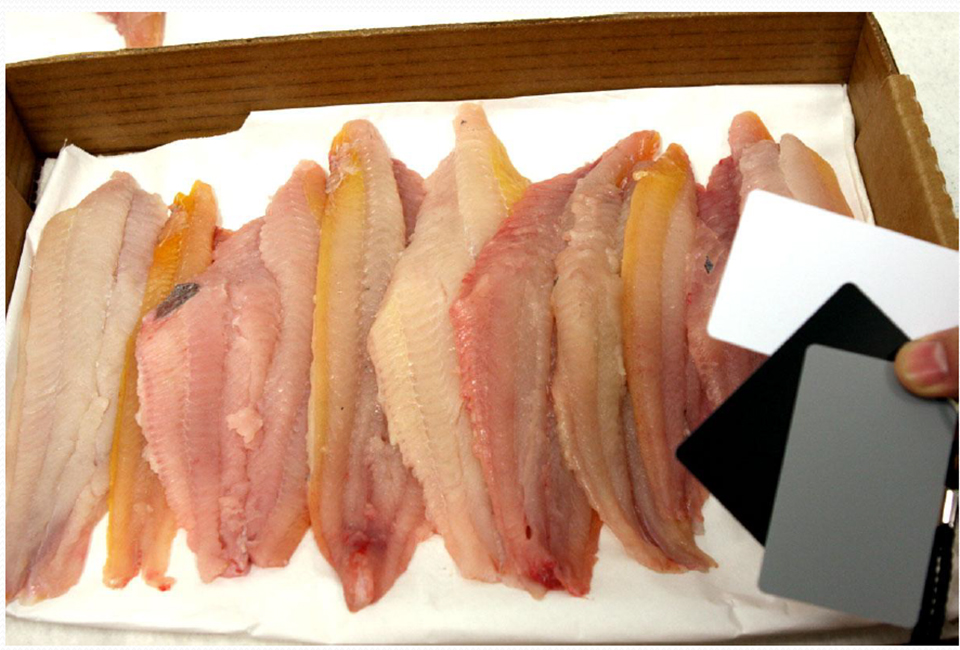
Innovation & Investment
Assessing coloration in channel catfish fillets
Because consumers look at color to gauge quality of catfish fillets, the authors developed a digital photography measurement method to assess yellowness.
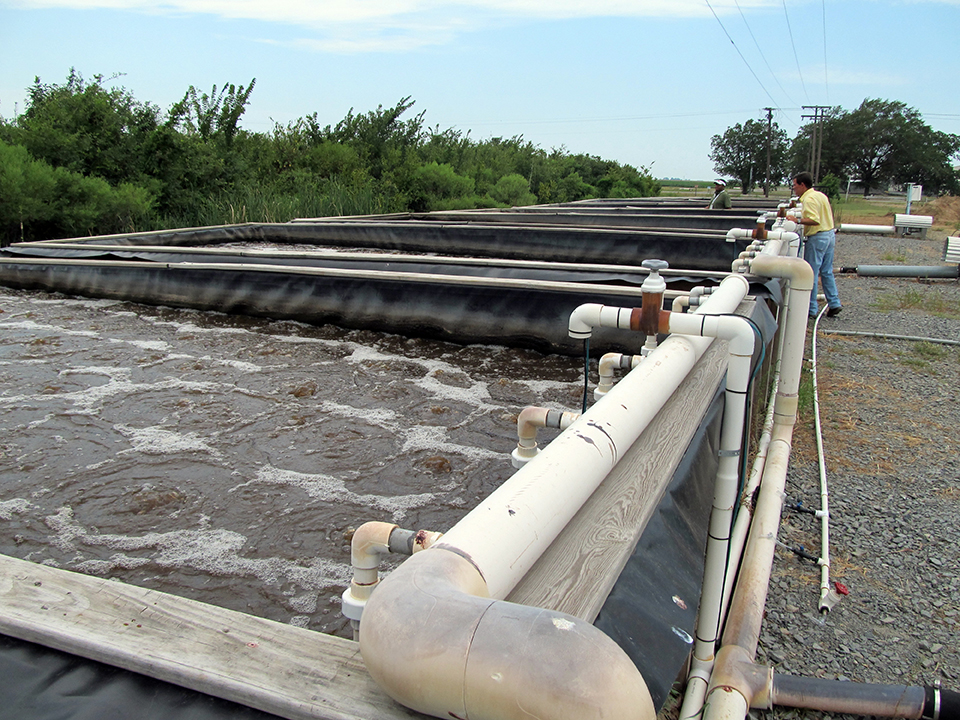
Health & Welfare
Biofloc technology reduces common off-flavors in channel catfish
In studies that used biofloc systems to culture channel catfish, culture tanks were susceptible to episodes of geosmin and 2-methylisoborneol and subsequent bioaccumulation of off-flavors in catfish flesh.
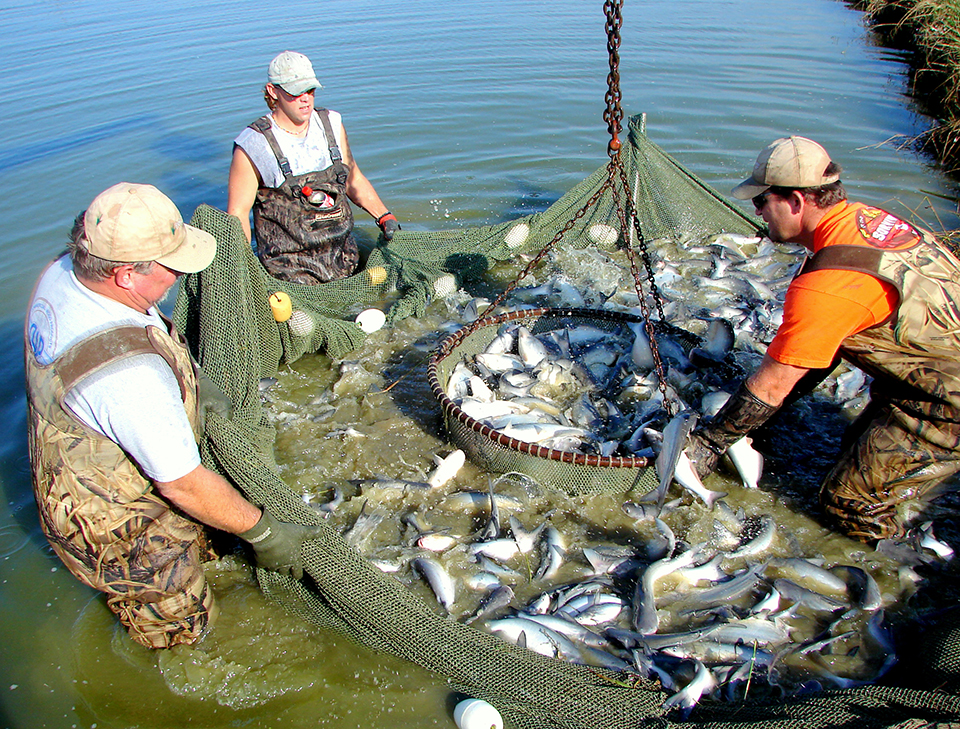
Health & Welfare
Blue catfish outproduce channel catfish under low-D.O. conditions
Although there is increasing interest in blue catfish, a potential disadvantage of the fish when compared to channel catfish is their reported poorer tolerance of low dissolved-oxygen concentrations.
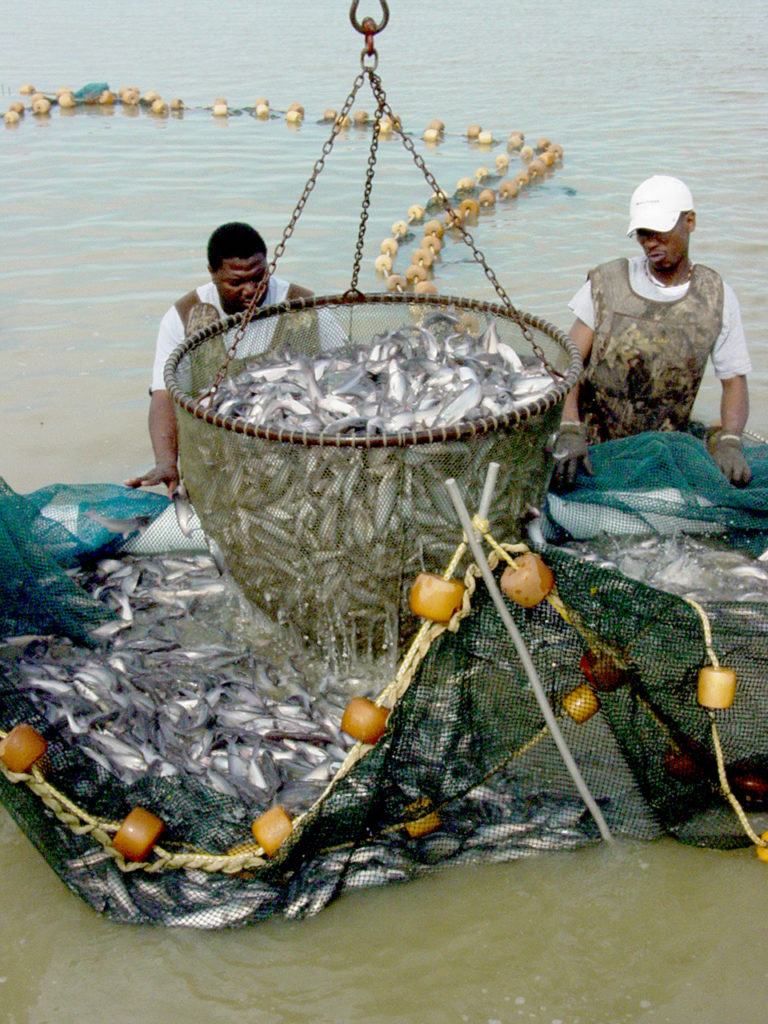
Intelligence
Common off-flavors in channel catfish following partial pond harvest
The authors conducted a study to determine whether channel catfish systematically develop off-flavors after partial harvest as well as the possible origins of the flavors.


